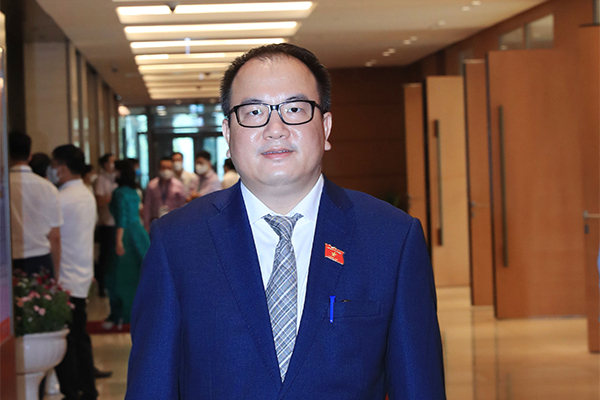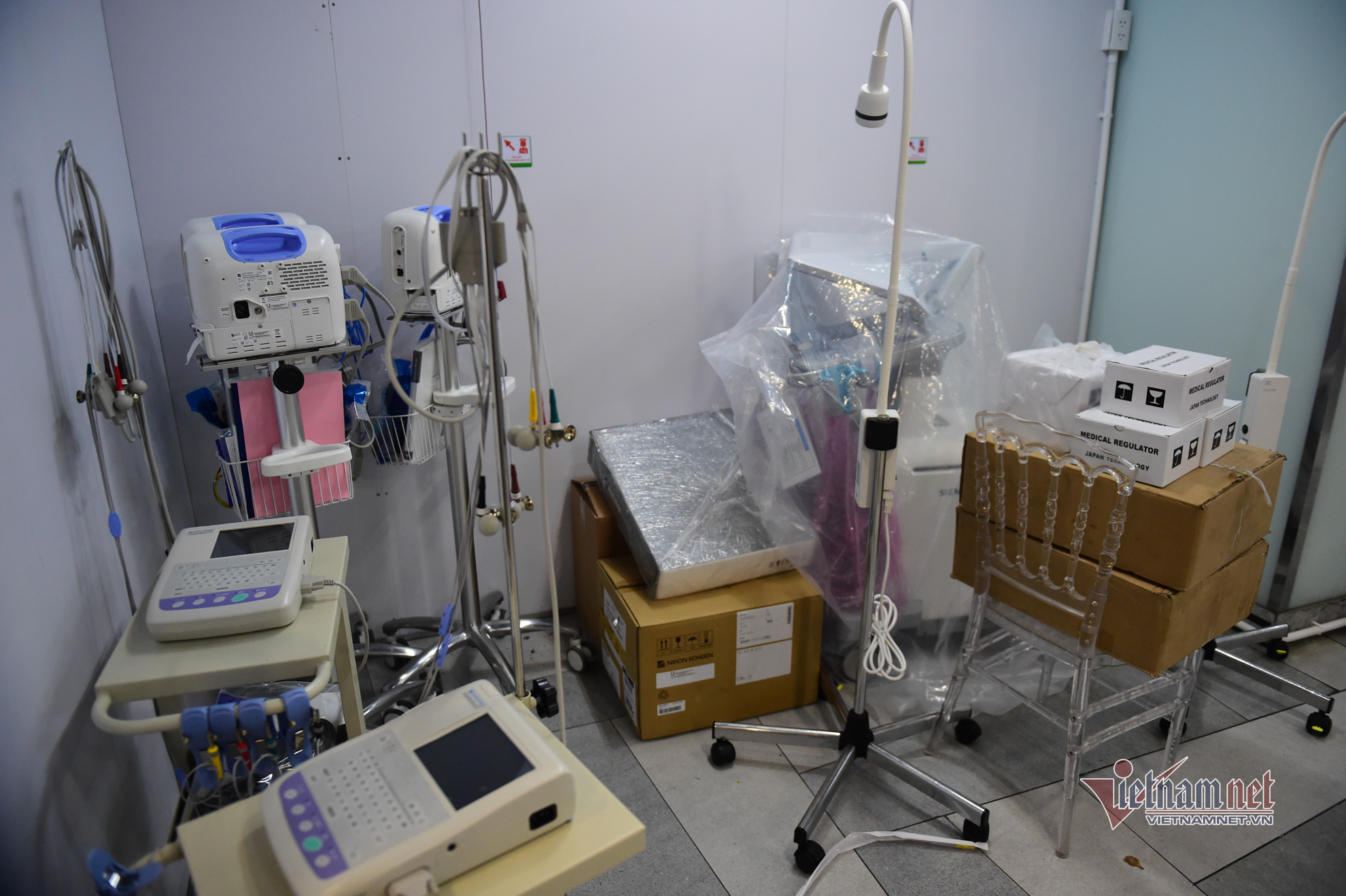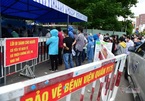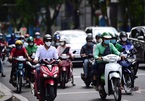Based on the current epidemic situation and the United Nations' guidance, Dr Pham Trong Nghia, director of the Legislative Science Information Center, Institute for Legislative Research under the National Assembly Standing Committee, said that Vietnam can consider and apply five pillars to cope with the Covid-19 epidemic.
 |
| Dr Pham Trong Nghia. |
“Along with the fast, complicated and unpredictable development of the Covid-19 epidemic in our country, in parallel with the current measures, as well as the use of stronger legal tools approved by the National Assembly during this session, the Government needs to quickly develop a master plan on Covid-19 prevention and control," Nghia told VietNamNet on the sidelines of the first session of the 15th National Assembly (NA), which concluded in Hanoi on July 28.
NA deputy Nghia suggested that the Government have scenarios on epidemic developments with different levels, possible impacts, solutions and policy adjustments in both the short and long term.
He noted that it is necessary to take into account the development of a post-Covid recovery plan. "People need 'ventilators' to win against Covid-19, businesses also need 'oxygen' to overcome difficulties during the pandemic and need support to recover in the future," he said.
Covid-19 has been creating an increasingly large social gap through income reduction and income redistribution. This makes disadvantaged groups, who are the poor, self-employed workers, motorbike taxi drivers, street vendors, individual business households, and small agricultural production households, more and more vulnerable.
These are people who make a living from income by daily labor, but now their income has been reduced, lost due to Covid-19. They need to be given special attention during the pandemic as well as in post-pandemic policies, Nghia said.
Emergency measures
 |
| Ho Chi Minh City prepares more ventilators and oxygen to treat people infected with Covid-19. |
According to deputy Nghia, during the Covid-19 pandemic, besides successful countries, many others failed because they did not properly assess the danger of the pandemic. Many countries have not yet determined at what stage and to what extent they will give priority to fighting the epidemic or stabilizing the economy; have not promptly introduced support measures that are large and long enough for people and businesses, leading to serious difficulties in people's lives, and businesses being exhausted during the pandemic without having enough strength to recover.
Based on this fact, the United Nations has issued a framework to guide emergency measures to respond to Covid-19, including five main pillars.
The first is health, which focuses on protecting health workers, health facilities and health systems.
The second is to protect the people, focusing on ensuring medical care, social security and basic services.
The third is economic response and recovery, focusing on protecting jobs, small and medium enterprises, workers in industrial zones and workers in the informal sector.
Fourth is the macroeconomic response through fiscal stimulus packages to make macroeconomic policies more relevant to the most vulnerable.
The fifth is to solve social relationships and social recovery well.
Deputy Nghia said that this can be a reference model to apply in Vietnam’s current conditions.
|
According to the Government's report to the National Assembly, the production capacity of oxygen plants in the country totals about 851,759 m3 of oxygen/day (equivalent to 1,300 tons/day) and is capable of increasing by a 50% - 100% capacity. There are 993 medical facilities that satisfy the treatment requirements for 66,200 patients requiring oxygen. The Government also has set the goal of improving response capacity and preparing for the treatment of 100,000 and 200,000 infected people within a 28-day period; having vaccines for at least 50% of people aged 18 and over by the end of 2021 and 70% of the population by the end of the first quarter 2022; and having at least one vaccine factory in early 2022, and by the end of the second quarter of 2022 at the latest to have domestically produced vaccines. |
Thu Hang

Lessons from Ho Chi Minh City amid the Covid-19 outbreak
Vietnam’s history before the Doi Moi (renovation) period has proven that many experiments and reforms appeared from the grassroots, and now, during the Covid-19 epidemic, experiments and reforms have begun from Ho Chi Minh City.

New Covid-19 situation, new behavior
In the new situation, social distancing may cover almost the whole country, affecting tens of millions of people and hundreds of thousands of businesses, and the supply chain of the whole country or at least a large economic area will be broken.